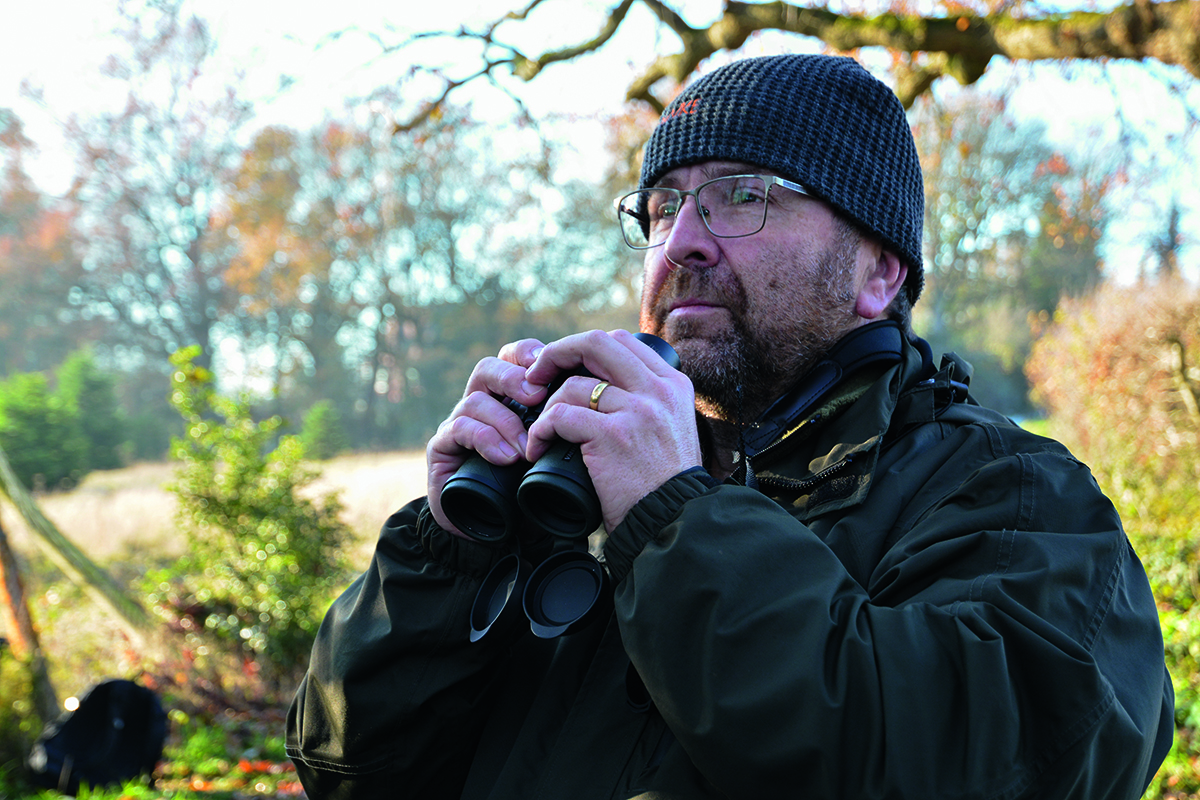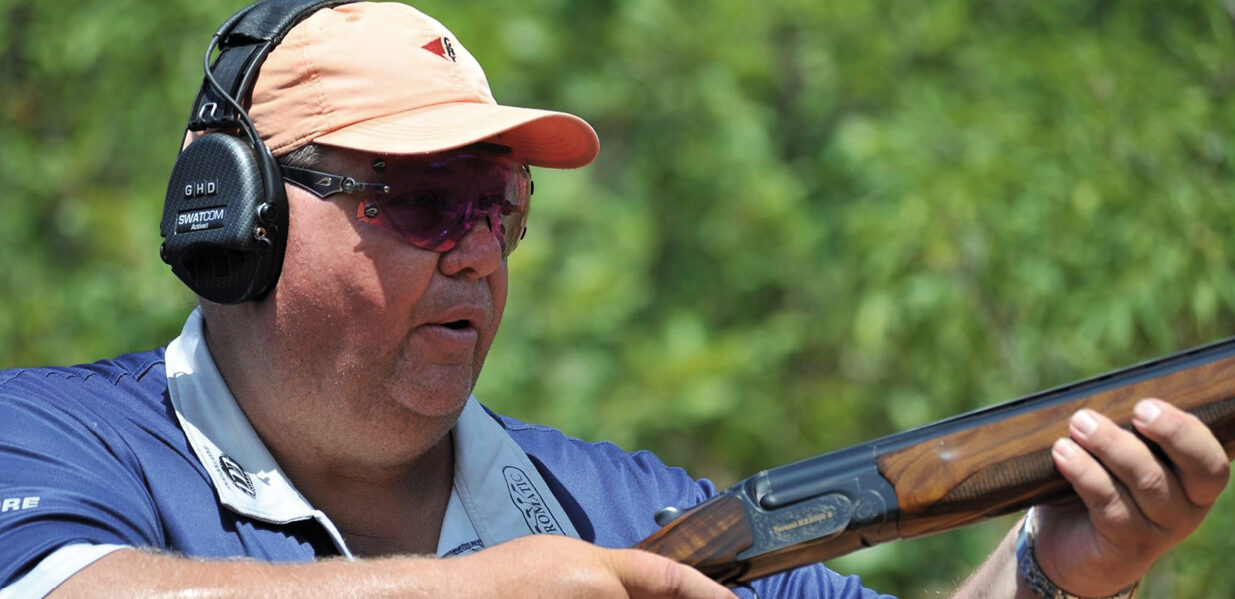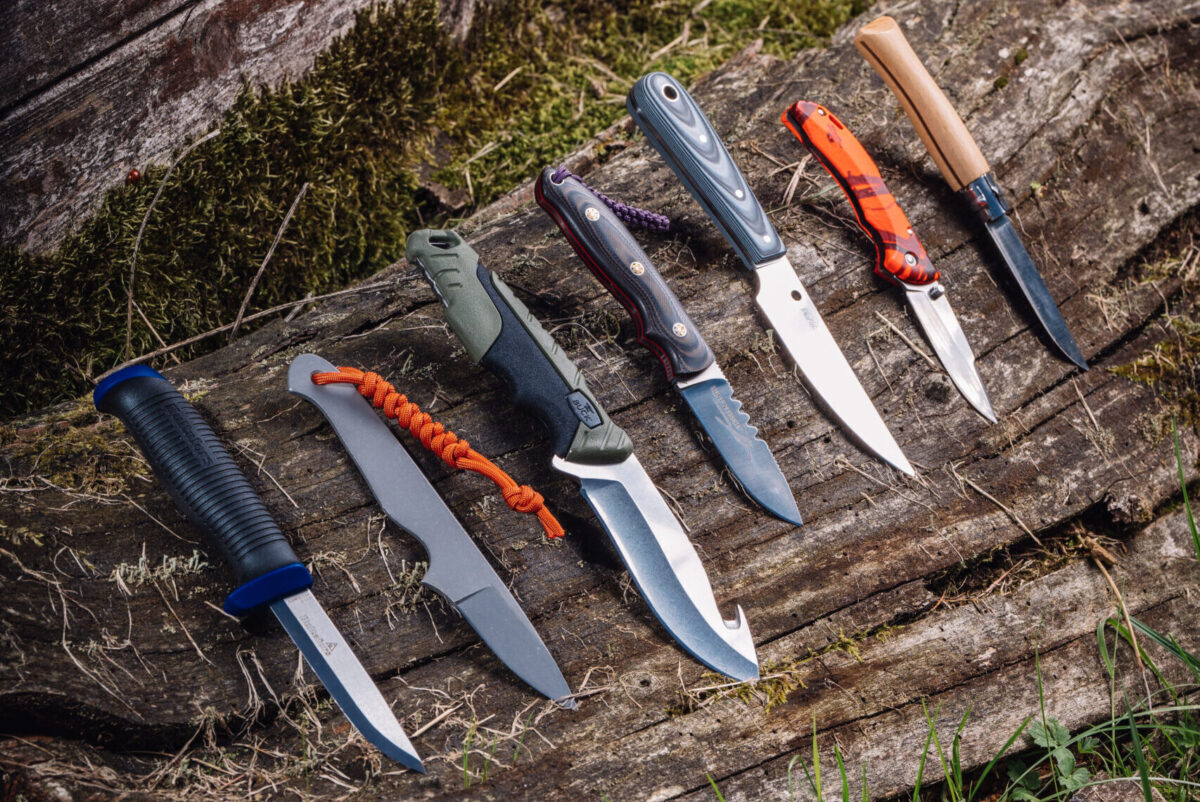The benefits of using binoculars when airgun hunting
Phill Price tells us why a pair of binoculars could change your life and turn you into a more effective airgun hunter

Many years ago I was asking a very experienced hunter called Albert how I could improve my airgunning skills, and he gave me an interesting answer. He said that after your gun and pellets you need two things, which are good boots and a pair of binoculars. (If you’re looking for a pair yourself, click here for our top picks for the best binoculars for hunting).
Then he said “use the latter twice as much as the former”, which left me confused. I was too shy and embarrassed to ask what he meant, so I said thank you and changed the subject. Since that moment I’ve thought about his words many times, and once I worked out what he was trying to teach me, I realised that it was the best hunting advice I’d ever been given.
He was trying to get me to slow down, because I was always impatiently looking into the next field or wood in the belief that if I kept racing ahead I’d find my quarry. He would say “the squirrels are as likely to be where you’re standing as where you’re going”. This was encouragement to cool my heels rather than rushing around, as I was inclined to do.
In the gun shop where I worked, Albert was a customer and the squirrel shooting guru, we all knew that. He not only taught me much of what I now know, he’d taught many other young shooters as well. His dilapidated Original 45 break-barrel springer was the butt of many jokes, and he used open sights when everybody else was in love with high-tech scopes. Whatever technical advantages our highly tuned rifles might have had, Albert would outshoot us all with ease. He was also unusual in that he shot .177 wadcutter pellets when we were all obsessed with pointed types.
The final straw of us ridiculing his rifle came when I wrestled it from his hands one day and put it through the shop chronograph. I found 7.5 ft-lb was all it could manage, but the squirrels didn’t know that, and they just kept falling off the branches, proving to me that it’s shot placement, not power, that counts.

The eye cups screw down, which is a huge benefit for shooters who wear glasses, like Phill
The naked eye
I remember well that he and I once accounted for 17 in one morning on a posh golf club course, a number that blew my mind. I kept thinking, “how can he find so many?”, but the fact was there for all to see. He simply could. I worried that the golfers would tell us off for killing the squirrels, but in fact many said well done. The damage they did to the putting surfaces upset many a wealthy golfer, so they were glad to see them gone.
Albert had the most extraordinary knack of finding squirrels with his naked eye, and I needed my binoculars or rifle scope to find the one he was guiding me to on many occasions. We could be standing silently in a wood, when he’d say “there’s one”. I’d search and search with the binoculars until I caught sight of ears or a single paw wrapped around a branch.
This proved the point that they may well be right where you are now. Patience was then needed as we waited for the squirrel to move into a shootable position. If we’d not looked properly, we’d have walked away from the chance of a shot and a squirrel in the bag.

Remember to set the dioptre adjuster to suit your own eyes, and check every so often to ensure it’s still optimal for your eyesight
His other favourite saying was “when looking up, always look down”. That one took me a while to understand as well.
He meant that when you’re approaching a squirrel high in a tree, remember to watch the forest floor around you, as other squirrels might well be foraging there. It works the other way too, so scan the trees as you approach one on the ground.
In your sights
This is the whole lesson of using your binoculars more than your feet. You can’t shoot what you can’t see, so I advise people to invest in binoculars if they want to be successful hunters, yet many resist.
They claim that they can see well enough already and don’t want to have to carry extra equipment around, plus they don’t really fancy the expense either. You don’t have to spend a lot of money these days to get decent binoculars, and like rifle scopes, the image quality of even modestly priced ones has improved dramatically.
I like a simple 8×42 pair with rubber armour in a lightweight build, because they offer everything I need and nothing I don’t. Some people go for 10x for better resolution at long range, but they have a serious drawback, especially for squirrel work. The extra magnification creates a much narrower field of view, which makes searching the branches much harder work, and slower too. So 8x is plenty of mag in my experience.

Using binoculars properly is a skill anyone can learn, but you have to train yourself to use them the right way
Steer away from anything too cheap, like the ones you see on offer at a petrol station. Also avoid ones that have variable magnification or other added gadgets. You don’t need them, and to pay for the extras, lens quality is sometimes sacrificed, which is always bad. I’ve been testing a suitable set in the form of the Hawke Vantage 8×42 here. They sit very comfortably in my hands, and the large focus adjuster wheel is well placed for my index fingers to spin quickly and easily, something I need to do a lot. I found the image quality very good for a binocular in that price range, proving just how optics are moving on.
They even worked quite well in low-light conditions, which is the toughest test of any optic. They sell for just £149, which seems like superb value for money to me, making them affordable for many airgun hunters, and I’ve been using these for a few months now and can recommend them.
Understanding why we need them is only part of the story though. We also need to learn how to use them. Yes, you did read that right – learn! You see, many people put them to their eyes, glance quickly and say that they can’t see any quarry. That doesn’t work. You need to slow down and really study each area, each branch within each area, and so on. It takes time to look properly and the more you do that the better you get at the task.
Adjusting for comfort
You must also set the dioptre adjustment, the one that allows you to set them for your eyes, not just the standard out-of-the-box one. On the Vantage shown, it’s the ridged collar on the right barrel.
First, focus as well as you can on an object around 30 yards away. Next, turn the dioptre adjuster a little left and then a little right until the image improves. If you have completely equal vision in both eyes you might end up in the middle, but that’s unusual. Now refocus with the middle wheel, look away and then look through the bins again. I like to repeat this exercise a few times until I get them spot-on.
This may sound obvious, but lenses need to be cleaned for best performance. I’m often shocked to see just how dirty people let their lenses get and then complain that they can’t see clearly! A little basic maintenance is all that’s needed.
On the subject of focusing, you really should be doing it all the time. My fingers are seldom off the focus wheel, and I’ll tell you why. If you’re not properly in focus you’re wasting some of the binoculars’ performance. You can practise this in your back garden just watching the birds come and go, which is a good way to build this skill. You can also take them to public parks where the squirrels are often unafraid of people and practise your searching skills in a relaxed environment.
I heard an interesting theory from a professional deerstalker about how to improve your binocular skills, which was to start on the right side of an area of interest and work back to the left. We were all taught to read and write starting on the top left, and we tend to use our bins the same way. By doing something counter-intuitive it feels odd, so we tend to be more conscious of the action and therefore concentrate better.
With a bit more practice, you’ll start to recognise the shape of an ear over a branch, or the curve of a squirrel’s back when that’s all that’s on show. Also, make sure to note the kind of places you see them sitting most often. Where a branch joins the main trunk of an oak is a favourite place of mine to look, as is the broad base of big trees just a few inches above the ground. I don’t know if you or I will ever match Albert, but you’ll go a long way towards that skill level, and your bags will improve if you learn to use binoculars, of that I’m sure.
Binoculars are a part of my life almost every day, so I’m seldom without a pair, and for me they’re not just a tool, they’re a great source of pleasure. Being able to stand off and watch wildlife, not just our quarry species, go about their lives is a joy. Each time you use them you get just that little bit better at it, which is a win-win scenario.









